You might be wondering what causes white stains on teeth. There are several possible reasons. For instance, you may have poor oral hygiene or have just had braces removed. While the area covered by braces remains clean afterward, some people believe this is the most common cause of white stains on teeth. In this way, it's similar to having furniture on a carpet. It's a common misconception that there are certain foods that can cause white spots on teeth.
Table of Contents
Fluorosis
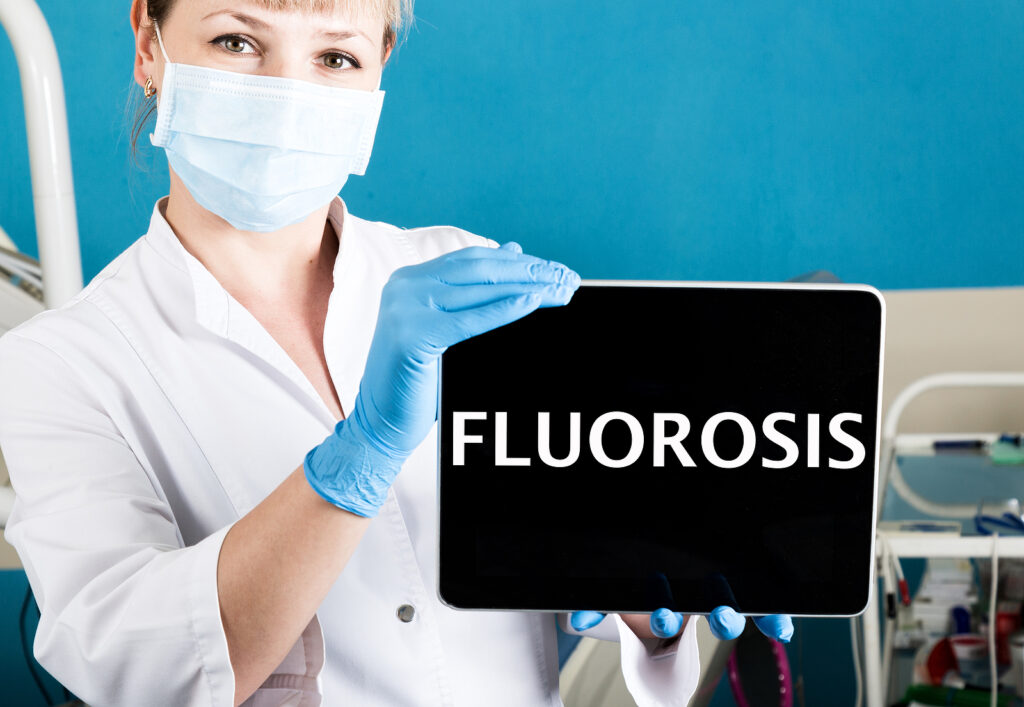
Several reasons can contribute to white stains on teeth. Excessive consumption of fluoride as a child is one reason. While these spots are generally harmless, they can also form before teeth begin to grow. This is a condition known as enamel hypoplasia. If not treated and allowed to stay, this condition can lead to a number of oral health problems. If you experience these stains on your teeth, it's time to see a dentist for a proper diagnosis and treatment.
Treatments for fluorosis can include dental veneers, which are custom-made shells covering teeth. These shells help to correct the condition and restore the tooth's appearance. Fluorosis treatment is usually required in severe cases. Fortunately, a visit to a dentist can improve the appearance of your teeth within a single appointment. The best way to prevent this condition is to stay vigilant about your child's oral health.
If you notice that your teeth are becoming a bit yellow or white, you may have fluorosis. In mild cases, these stains are barely noticeable. As the condition progresses, however, they will become more visible. They can become even more prominent, especially if you suffer from prolonged mouth breathing. Your dentist will also be able to prescribe fluorosis treatments that will effectively remove white spots from your teeth.
Medications
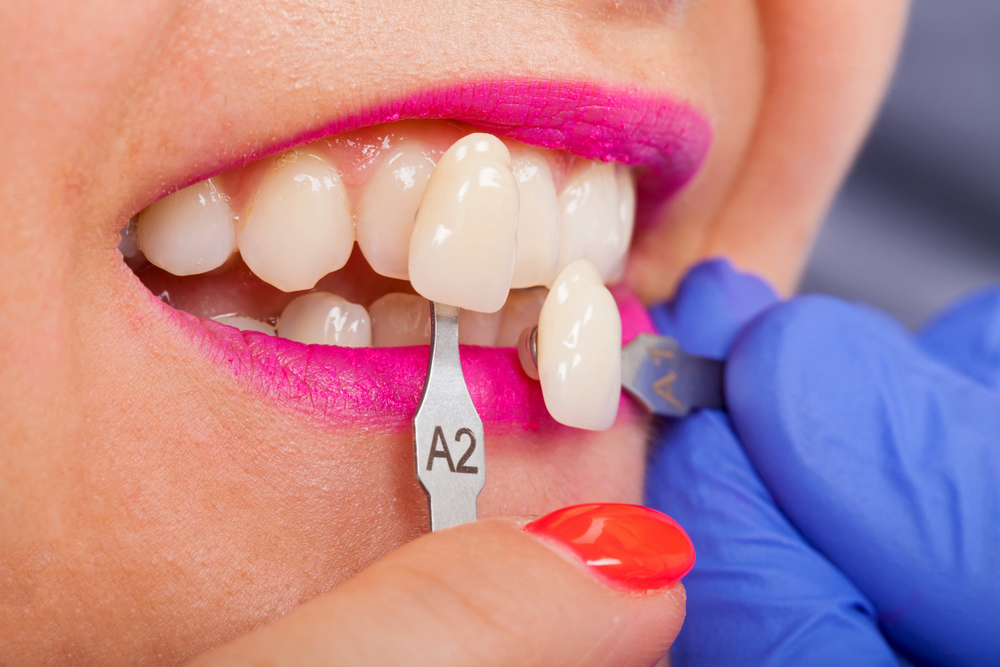
While we might not have the chance to see these stains as adults, many people have teeth tainted by certain drugs. Antibiotics can cause stains, and some can be dangerous during pregnancy or while breastfeeding. You should discuss the risks of taking antibiotics with your healthcare provider before starting a course of treatment. Your doctor can advise you on ways to treat the white spots caused by medications. The following are some examples of medications that cause stains on teeth.
Medications can also cause white stains on teeth. Antibiotics may affect tooth enamel building and interfere with the absorption of essential nutrients. These effects are more prevalent in children than in adults. Tobacco smoking during pregnancy also affects tooth enamel and can lead to white spots. As a result, it is important to avoid these substances while pregnant to avoid teeth discoloration in your child. Taking medicines during pregnancy can also affect the development of a child's teeth.
In addition to the adverse effects of certain medications, oral hygiene is also a significant cause of white stains on teeth. While some stains can cause permanent damage, others can be reversible. To avoid causing these stains, make sure you read the medication's label and ask your healthcare provider about any possible reactions to it. Some medicines may be marketed under different names in different regions, so make sure you ask about potential reactions before beginning or stopping a course of treatment.
Diet

Some of the white spots on your teeth are a result of acid reflux, and the best way to reverse them is to stop eating foods high in acid. These foods are known to contribute to the formation of acidic plaque, which can damage the tooth enamel. Sugary foods, especially those that contain sugar, are also high in acids and should be avoided. Other foods high in acidity include sodas and some fruit juices.
In addition to drinking red and white wine, eating brightly colored fruits and juices may also lead to tooth staining. Fruit juices and popsicles are also known to stain the teeth. However, if you eat only a few pieces of fruit or vegetables, the chances of stains are minimal. Blueberries and tomato sauce are good alternatives to staining foods, but if you must have them, try to limit them to two or three times per week.
A low calcium diet is one of the leading causes of tooth discoloration. Depriving the body of calcium weakens the enamel, resulting in white spots on teeth. To minimize the likelihood of developing these spots, try to eat more calcium-rich foods. For more information, check out the following articles. You may also be interested in knowing the best way to treat white spots on teeth. When you have a dental appointment, the dentist can determine the best way to address the problem.
Trauma
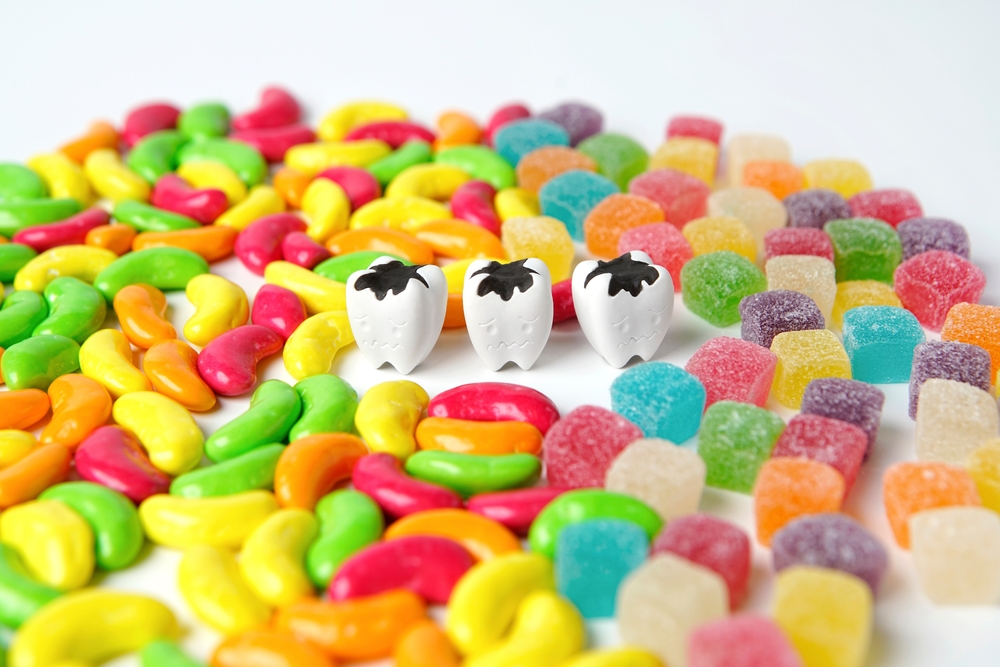
White stains on teeth can be caused by various reasons, including decay or trauma. While decay is a more difficult cause of these spots, trauma is a much less serious problem. If left untreated, these white spots can damage enamel and cause further damage. In some cases, parents may not recognize that their child has sustained a dental injury until symptoms such as an infectious gum boil or darkened tooth enamel appear. This is a serious issue because left untreated, dental injuries in childhood can lead to permanent damage to the developing adult teeth.
The trauma a baby experienced during tooth development can result in white spots on teeth. These stains form when the tooth enamel is damaged or is growing out of place. Trauma during the early childhood stage can affect the developing adult tooth, causing a dimple or white spot to appear. Also, some foods, such as fruit juices and sodas, can damage the enamel. For this reason, it is important to see a dentist every six months to prevent white spots on teeth caused by trauma.
Excessive fluoride exposure
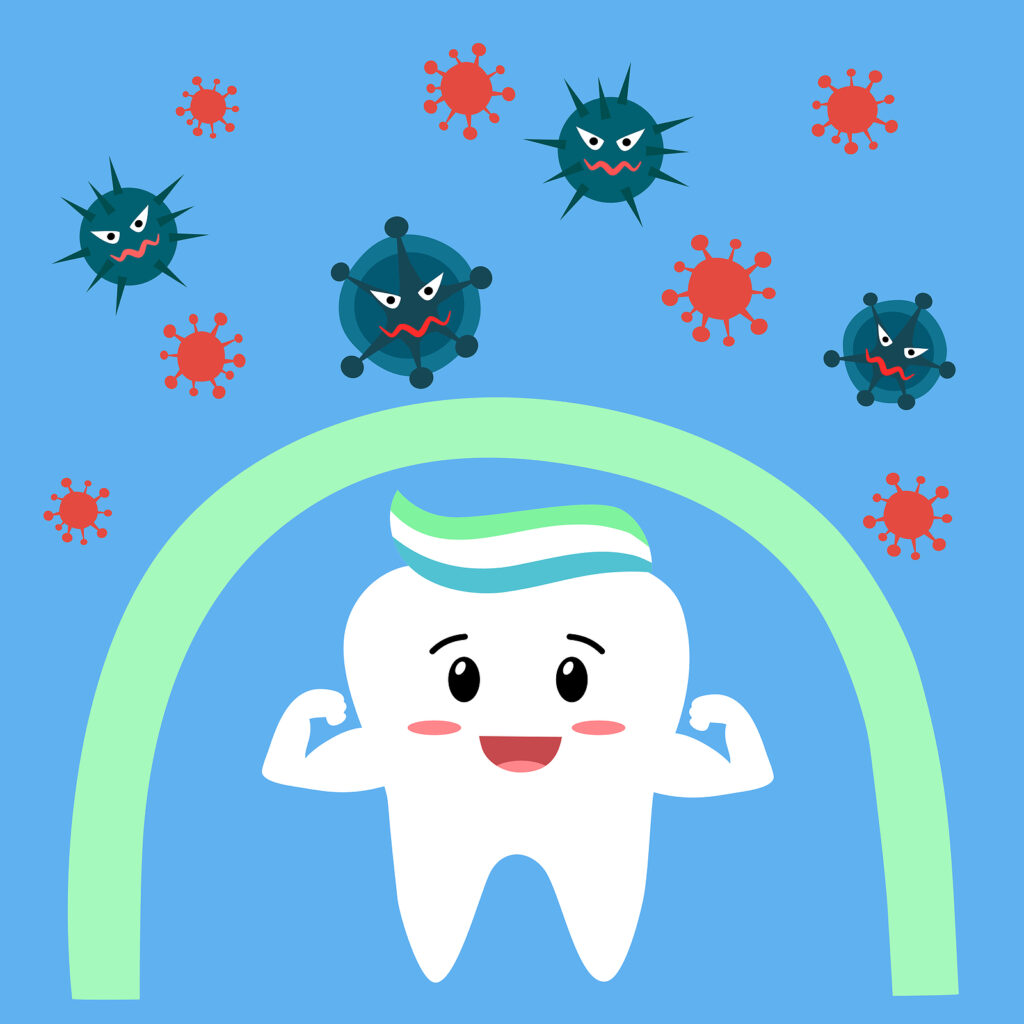
Fluoride has been linked to the development of enamel defects in humans. These dental fluorosis-related alterations occur during the development of the tooth enamel. The effects of excessive fluoride exposure become more pronounced the higher the dose and the longer the time period of exposure. Fluoride exposure is correlated with plasma fluoride levels, which are related to many factors, including total fluoride intake, bone metabolism, and metabolic activity. Studies on mice have shown that genetic factors may influence the severity of enamel fluorosis.
Too much fluoride is a contributing factor to the occurrence of these white spots on teeth. Fluorosis is usually harmless until the teeth break through the gums. Too much fluoride causes hypoplasia of the enamel, which increases the risk of tooth decay. Some factors, such as poor dental hygiene and eating foods high in sugar and acidity, can also cause white spots on teeth.
Ingesting large amounts of fluoride can lead to white stains on teeth. While fluoride can be beneficial for teeth and bones, too much exposure can lead to the formation of a condition known as dental fluorosis. While the majority of cases of fluorosis are mild and have little to no impact on enamel, the condition is entirely preventable. Fluoride is a naturally occurring mineral, but it is important to remember that over-consumption can have serious effects on teeth and bones.
Extrinsic stains
Most people at some point in their lives experience tooth discoloration. This happens because of a combination of factors, including foods and tobacco products. These substances can cause stains on the teeth, and can be difficult to remove with regular brushing and flossing. The most common cause of extrinsic stains on teeth is exposure to cola, tobacco, and dark tea, as well as red wine, blueberries, and cherries.
In general, there are two types of stains on teeth: extrinsic and intrinsic. The former originate from the inside of the tooth, while the latter form as a result of the accumulation of chromatogenic substances on the outer surface. Both types of stains can be lightened with chemical bleaching or mechanical removal. If the stains are caused by genetics, a professional whitening treatment may be recommended.
There are several causes of tooth stains. Extrinsic stains are the most common and occur on the surface of the tooth. They usually form on the dentin, the sensitive layer below the tooth enamel. Some of the common causes of intrinsic stains include excessive fluoride, antibiotics, and tooth trauma. While both types are common, the color of teeth can vary significantly. Aside from aging, smoking and consuming red wine are also a major contributor.

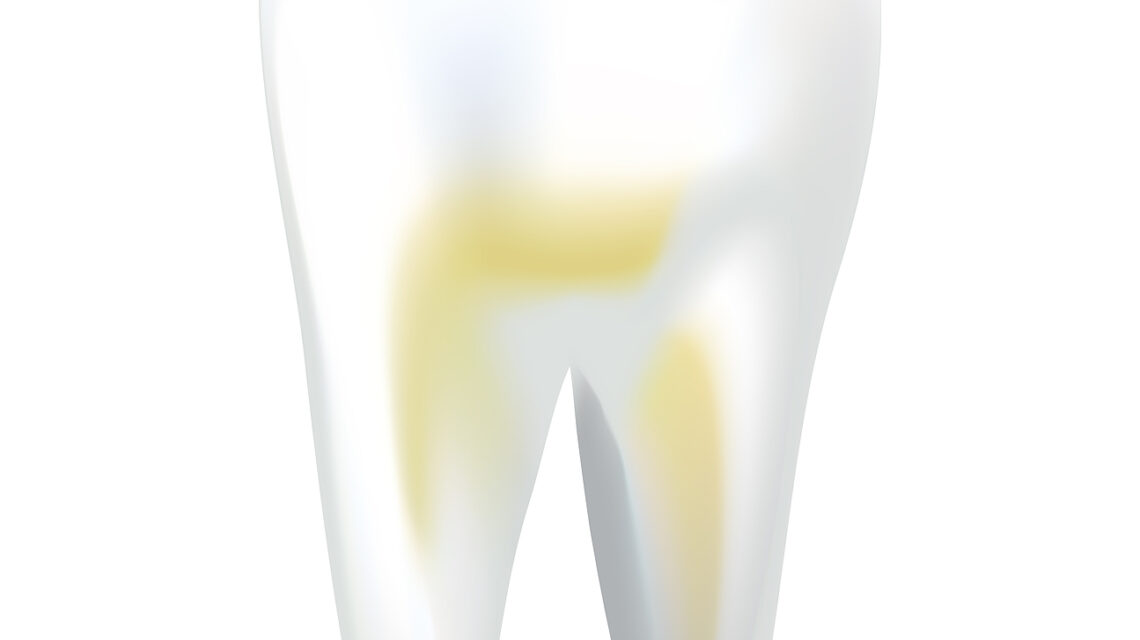

 What Causes White Stains on Teeth and How to Get Rid of Them
What Causes White Stains on Teeth and How to Get Rid of Them